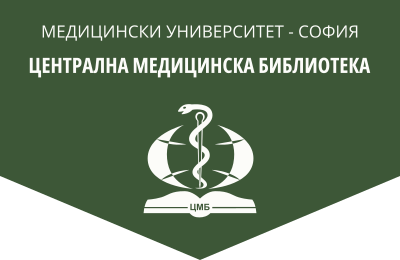The associations of ABO blood group type and common biochemical parameters with cholesterolemia and hyperglycemia in persons with connective tissue pathology
Bulgarian Medical Journal, 16, 2022, № 2, 49-54
M.O. Korzh1, F.S. Leontieva1, P.G. Krachun2, I.P. Dunaeva2, I.V. Gusakov1, V.Yu. Dielievska2, T.A. Ryasnyanskiy2
1 SI “Kharkiv Institute of Spine and joint pathology named after M.I. Sytenko”
2 Kharkiv National Medical Universityt
Abstract. Introduction. The studies demonstrated the associations of ABO blood group type with numerous diseases. Nevertheless, very few researches are devoted to searching for possible associations of blood group type with obesity and dia-betes mellitus. The study aimed to fi nd the frequency of ABO blood group types with hypercholesterinemia and hyperglycemia in patients with connective tissue pathologies. Material and methods. Serum cholesterin, glucose and usual biochemical pa-rameters were measured by standard biochemical methods. Bacterial investigation of the synovial fl uid was performed for 23 patients. Blood group type was defi ned by the direct method of agglutination using standard IgM anti-A and anti-B antibodies. Thirty patients (17 men and 13 women) aged 62.0 ± 2.1 years with gonarthrosis and coxarthrosis were included in the study. Detection of autoimmune lymphocytotoxic and granulocytotoxic antibodies and the reaction of leukocyte migration inhibition with tissue, bacterial and fungal antigens were performed for all patients. Results. A blood group type appeared to be pre-disposed to obesity (40%). The O blood group was the least suspected of hypercholesterolemia (40%). A and B blood group types were more predisposed to hyperglycemia than O blood group type (40%, 26.6%, 33.3%, respectively). Persons with the O blood group appeared to be of the highest frequency among the patients with normal glucose levels (33.3%). Persons with hyperlipidemia demonstrated leukocyte migration inhibition to Escherichia coli, Proteus vulgaris, Staphylococcus aureus, and Streptococcus pyogenes. In persons with hyperlipidemia, an appearance of Pseudomonas aeruginosa and Candida lusitaniae growth, various types of Staphylococci along with an increased frequency of Staphylococcus aureus, Bacillus subtilis, Acine-tobacter, and increased growth of Escherichia coli have been found. Patients with hyperglycemia demonstrated leukocyte migration enhancement to Streptococcus pyogenes, Pseudomonas aeruginosa, Escherichia coli, and Staphylococcus aureus. Persons with hyperglycemia demonstrated an appearance of Candida lusitaniae, Staphylococcus hominis, Acinetobacter and Bacillus subtilis in bacterial fi ndings from wounds, as well as increased frequency of Staphylococcus aureus and diff erent types of Staphylococci. Conclusions. A blood group was found to be predisposed to obesity, whereas the O blood group type appeared to be the least suspected of hypercholesterolemia. A and B blood group types have been shown to be predisposed to hyperglycemia. Hypercholesterinemia was associated with leukocyte migration inhibition to Escherichia coli and Proteus vulgaris, whereas hyperglycosemia – with leukocyte migration enhancement to Staphylococcus aureus, Pseudomonas aeru-ginosa, Escherichia coli, Streptococcus pyogenes.
Key words: A antigen, B antigen, blood, cholesterin, glucose
Address for correspondence: Dielievska V.Yu., valentinka_1987@ukr.ne
